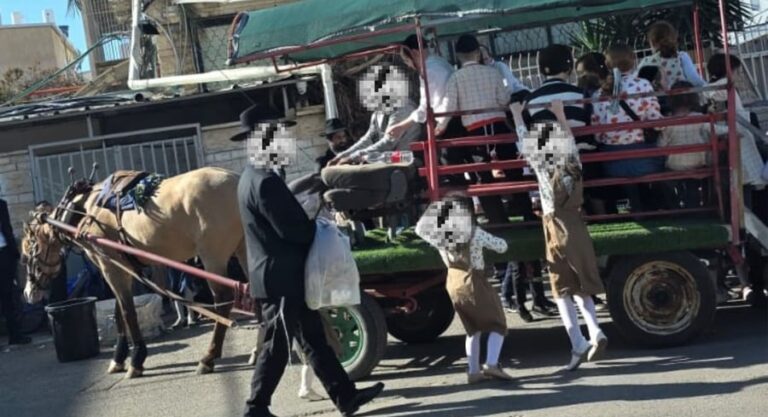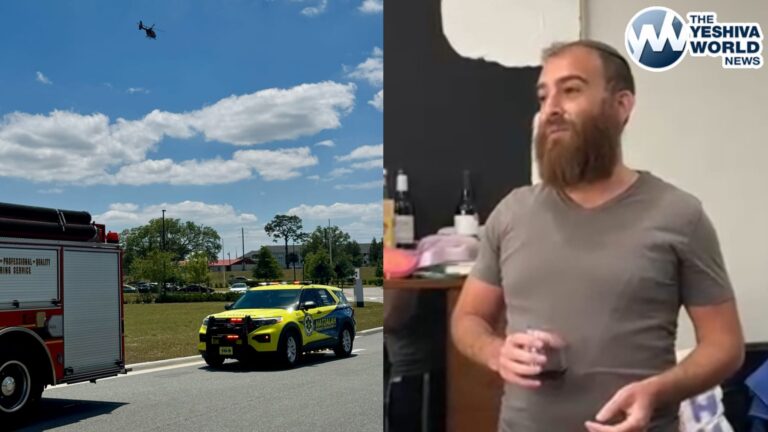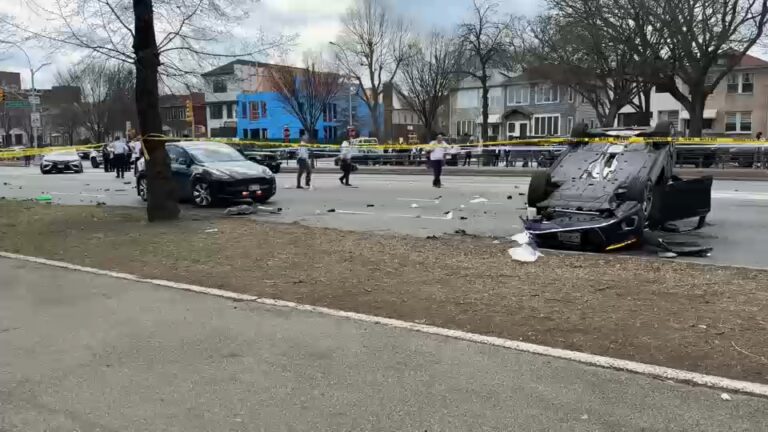 As New York continues to deal with the aftermath of Hurricane Sandy, further complicated by a record-breaking November 7 snowstorm, a key concern for many locals as life begins to return to normal is the pursuit of fuel for their personal vehicles. Yet, as gas becomes more readily available in much of New Jersey and upstate New York, the shortage in the five boroughs and Long Island still persists. That relief from the shortage is not being felt equally by all parts of the Tri-State area has led to a great deal of frustration and confusion, as area residents still struggle to go about their daily lives. According to industry experts, New York’s gas distribution network may be to blame.
As New York continues to deal with the aftermath of Hurricane Sandy, further complicated by a record-breaking November 7 snowstorm, a key concern for many locals as life begins to return to normal is the pursuit of fuel for their personal vehicles. Yet, as gas becomes more readily available in much of New Jersey and upstate New York, the shortage in the five boroughs and Long Island still persists. That relief from the shortage is not being felt equally by all parts of the Tri-State area has led to a great deal of frustration and confusion, as area residents still struggle to go about their daily lives. According to industry experts, New York’s gas distribution network may be to blame.
The system by which gas makes it from the refineries to our neighborhood gas stations is a decentralized network of service stations, each having their own contracts with distributors—there are approximately 800 such distributors in New York State alone—who, in turn, bring in the gas from regional terminals. Those terminals receive and store fuel brought in via tanker.
Many gas stations in New York City are dependent on distribution terminals in Brooklyn and Queens that were damaged by Hurricane Sandy or lost power, and have yet to fully recover.
Fuel providers in New Jersey have recovered more quickly than those in New York City because most of the terminals in the southern part of the state were left largely unscathed by the hurricane. Also, gas stations in New Jersey are nearer to regional refineries and key transportation routes. A rationing system enacted by Governor Chris Christie (whereby gas is made available to cars bearing even-numbered license plates on even-numbered days of the month, and odd-numbered plates on odd days), has also been credited as helping balance supply and demand in the Garden State.
Providing a stark illustration of the problem, GasBuddy.com, which is keeping track of which stations have fuel in the area hardest hit by Hurricane Sandy, showed at as of Wednesday (Nov. 7), 75% of New York City’s gas stations were non-operational, roughly three times the regional average.
Patrick DeHaan, who works for GasBuddy, tells the New York Times that “It’s a lot of logistics behind the scenes that will determine why the shortage is better in some areas than in others.”
DeHaan went on to explain that the shortage has been further exacerbated by drivers who, seeing the long lines, panicked and felt the need to stock up. Drivers have shown “a sudden, insatiable demand for gasoline,” he said. “That’s placing the system under enormous stress.”
Michael Green, a spokesman for AAA, offers a similar explanation. He notes that, initially, much of the shortage was due to the blackouts taking the pumps offline. But as more and more gas stations are receiving power again, the fuel distribution network itself is being faulted for the ongoing crisis.
“This week, it is shifting more to being a supply-system problem: getting gasoline from storage to distribution terminals to gas stations to the car you drive,” said Green.
Regardless of the underlying cause, news sources are reporting that this shortage could go on for weeks.
(Daniel Perez – YWN)











One Response
“the shortage has been further exacerbated by drivers who, seeing the long lines, panicked and felt the need to stock up. Drivers have shown “a sudden, insatiable demand for gasoline”
That is a 100% lie. No one I know sees a 5 hour gas line and runs to it because they’re they’ll run out of gas later. Everyone I know ran out of gas and still has no gas, while walking practically everywhere possible.
People aren’t able to go to work with no gas, and that is the number one incentive for someone to sleep in their car overnight to get a little gas. NO, not the need to stock up on non-existent gas.